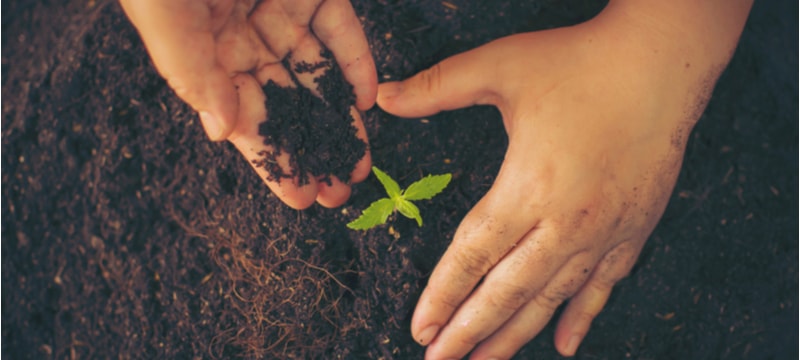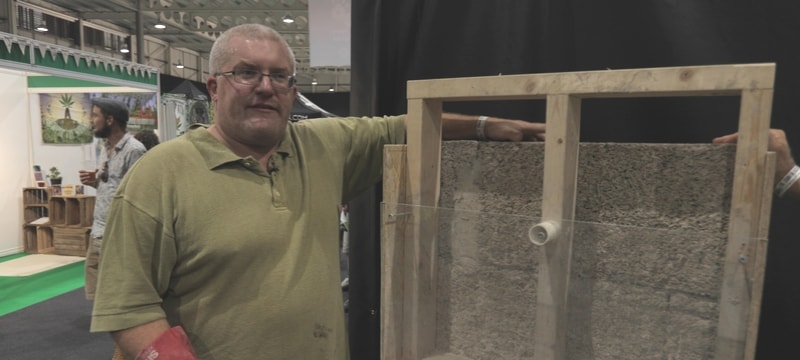
Table of Contents
Hemp oil ready for wholesale
Hemp is an incredibly lucrative and resourceful industry to enter and has been since recorded history. So much so that during World War II the US government ran with the slogan, ‘Hemp for Victory’ – encouraging farmers to grow as much hemp as possible as it would prove vital to their war efforts.
Now a multi-billion dollar industry worldwide; hemp can be used for its grain, seeds, oils and for fibre production amongst a myriad of other uses.
Due to hemp's ability to survive in almost any conditions, it is considered relatively easy to grow compared to other mass-produced crops. It also detoxifies soils of heavy metals and doesn’t require any harmful pesticides to protect it from any of nature’s nasties.
If you are thinking about growing hemp – here are some things to consider.
Licensing
The first consideration of growing hemp is the legal aspects. Are you licensed to grow it? Have you ensured that you meet the requirements of the law if you were to have your crop tested?
In the UK, you must acquire a licence from the Home Office costing £580. You have to provide them with details of where and how much hemp is being grown and the type of seed used. You must undergo a DBS check and limitations could be applied if the location of the farm is near to any public buildings. You must also ensure that the THC levels in the plants do not exceed 0.2% by weight.
Growing conditions
Hemp is naturally resistant to pests and disease and doesn’t require a great deal of cultivation, unlike most organic crops. However, you still need to ensure conditions are right if you want to optimise your yield.
The best conditions for growing hemp are warmer climates with minimal heavy rainfall. Any ground which may become waterlogged or excessively wet will hamper the growth of hemp. Perform soil tests for sulfur, phosphates and potassium sulfate to ensure they are not too high.
Essentially, you are looking for dry, fertile land with nutrient-rich soil.
RELATED ARTICLE:
Learn how to make your own hempcrete
Preparing the land
When considering how to prepare the land for growing hep, the timing of planting the seeds should be your first consideration. Avoid planting your seeds too early because you do not want cold, frosty conditions ruining your crop.
Ideally, the average temperature of the soil should never drop below 6°C and should average between 12-14°C. So, in the UK this would be from around mid-April onwards.
Seeds can be sown in 30-inch rows where each seed is as close as 4-5 inches apart. Planted at a depth of ½ inch below the surface. It is advisable to prepare a shallow bed for the seeds to be planted and to then roll and pack the soil afterwards.
Growth timeline
The first 6 weeks are vital to the growth of your hemp crop. You must ensure your plants receive sufficient water in these first 6 weeks if they are to thrive. After this point, hemp becomes more tolerant to drought.
Finally, you then need to decide when to harvest your crop. Hemp is generally primed for harvest after 120 days of growth. Once you have harvested the hemp, it will need to be stored and dried to less than 10% moisture, which is generally done using a belt conveyor.
Following these considerations, you should now have a hemp crop ready for sale or processing. Every part of the plant has a value, from the roots, flowers, stalks and seeds.





